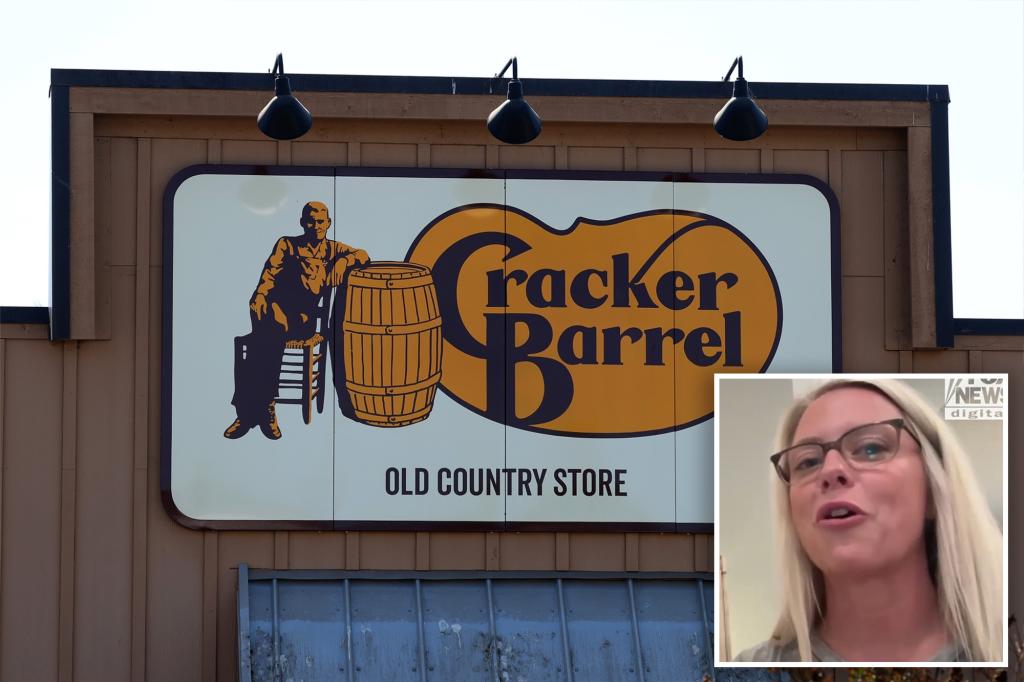Cracker Barrel Abandons Modernization After Customer Backlash
In a significant reversal that highlights the power of customer loyalty and social media activism, Cracker Barrel Old Country Store announced Tuesday it’s halting its controversial remodeling program following months of intense customer pushback. The Tennessee-based restaurant chain, known for its homestyle Southern cooking and rustic nostalgic atmosphere, faced unprecedented criticism when it attempted to modernize its appearance with redesigned dining rooms and updated logos. This decision marks a pivotal moment for the beloved brand as it recommits to the traditional values that originally endeared it to generations of diners across America.
“You’ve shared your voices in recent weeks, not just on our logo, but also on our restaurants. We’re continuing to listen,” Cracker Barrel stated in a social media announcement that signaled the company’s retreat from its modernization strategy. The restaurant chain confirmed that not only would they keep their iconic “Old Timer” logo, but they would also suspend all planned remodels of existing locations. This dramatic shift in corporate strategy represents a rare instance of a major restaurant chain publicly acknowledging customer dissatisfaction and taking immediate corrective action. For locations that hadn’t yet undergone the controversial redesign—which critics derisively called the “barn-dominium look”—the company promised they would remain untouched, preserving the nostalgic charm that customers have treasured for decades.
At the center of this grassroots movement against corporate change was 38-year-old Tennessee resident Rachel Love, whose April TikTok video catalyzed widespread opposition to Cracker Barrel’s rebranding efforts. Love’s impassioned critique, where she accused the chain of discarding “the last piece of nostalgia you had left,” resonated deeply with countless loyal customers who shared her sentiments about the restaurant’s declining authenticity and food quality. The video quickly went viral, spawning thousands of supportive comments and additional content from other disgruntled patrons who felt the chain was abandoning its core identity in pursuit of modernization. For Love, the company’s announcement this week felt like vindication after months of advocacy. “I was super excited, but it’s been a long time coming,” she told Fox News Digital, expressing satisfaction that the company had finally acknowledged customers’ concerns.
The controversy illuminates a fundamental tension in American dining culture between innovation and tradition. Love articulated what many customers were feeling: “We don’t go there for the logo. We go there for the food, for the familiarity, for the nostalgic feeling that you get.” Her critique extended beyond aesthetics to encompass concerns about food quality and preparation methods. She advocated for a return to Cracker Barrel’s culinary roots, suggesting the restaurant revive its traditional “meat-and-three” meal format and bring “real cooks back to the kitchen” instead of relying on modern food service shortcuts. Love’s straightforward assessment—”Quit trying to make it something it’s not… It’s the Cracker Barrel Old Country Store. Old. It’s old. It’s in the name”—encapsulated the sentiment that the company had lost sight of its own identity and unique market position in the competitive restaurant landscape.
The company’s decision to reverse course represents more than just a corporate strategy adjustment—it reflects a fundamental reconsideration of the relationship between brands and their most loyal customers in the social media age. Love characterized the announcement as the beginning of a healing process between the restaurant chain and its customer base, suggesting that “if they do this right, I feel like it could be a huge comeback for them. But they have to make it great again. Make Cracker Barrel great again.” This deliberate echo of a familiar political slogan frames the restaurant’s challenges in terms of restoration rather than innovation, suggesting that for certain heritage brands, moving forward might actually mean returning to foundational values and practices that originally built customer loyalty. The company’s promise to put a “bigger focus in the kitchen and on your plate” acknowledges that while ambiance matters, food quality remains the most crucial element of the dining experience.
Whether Cracker Barrel can successfully execute this return to its roots remains to be seen, but the episode offers valuable lessons for other established brands contemplating modernization. The passionate response from customers like Love—who declared, “I want to see it succeed. I’m passionate about it. I love their meatloaf. I do it for the meatloaf”—demonstrates the deep emotional connections consumers form with restaurant brands that extend far beyond mere commercial transactions. These relationships, built on consistency, familiarity, and shared experiences, represent both a responsibility and an opportunity for heritage brands. As Cracker Barrel embarks on this revised path that honors its traditional identity while addressing contemporary concerns about food quality, the company has the chance to demonstrate that listening to customers and respecting tradition can be more powerful than chasing trends. For now, the Old Country Store charm that generations have cherished appears secure—exactly as its most devoted fans believe it should be.


